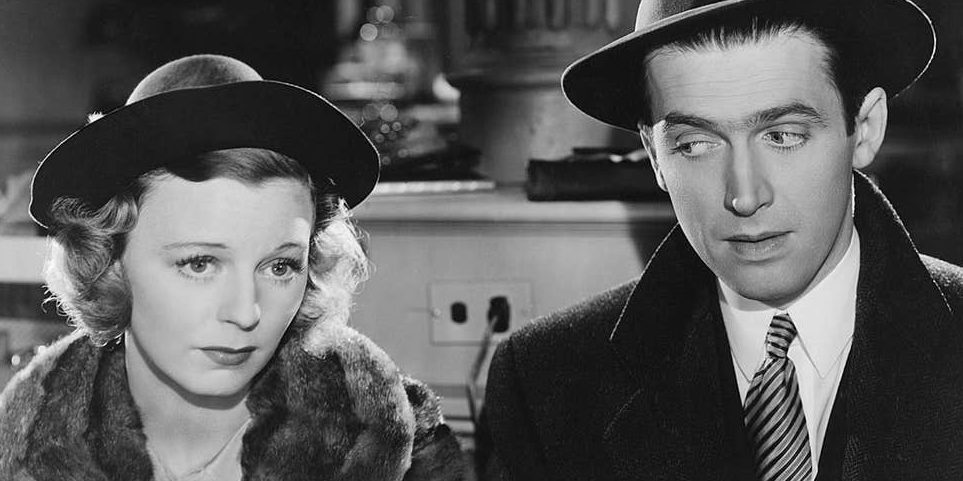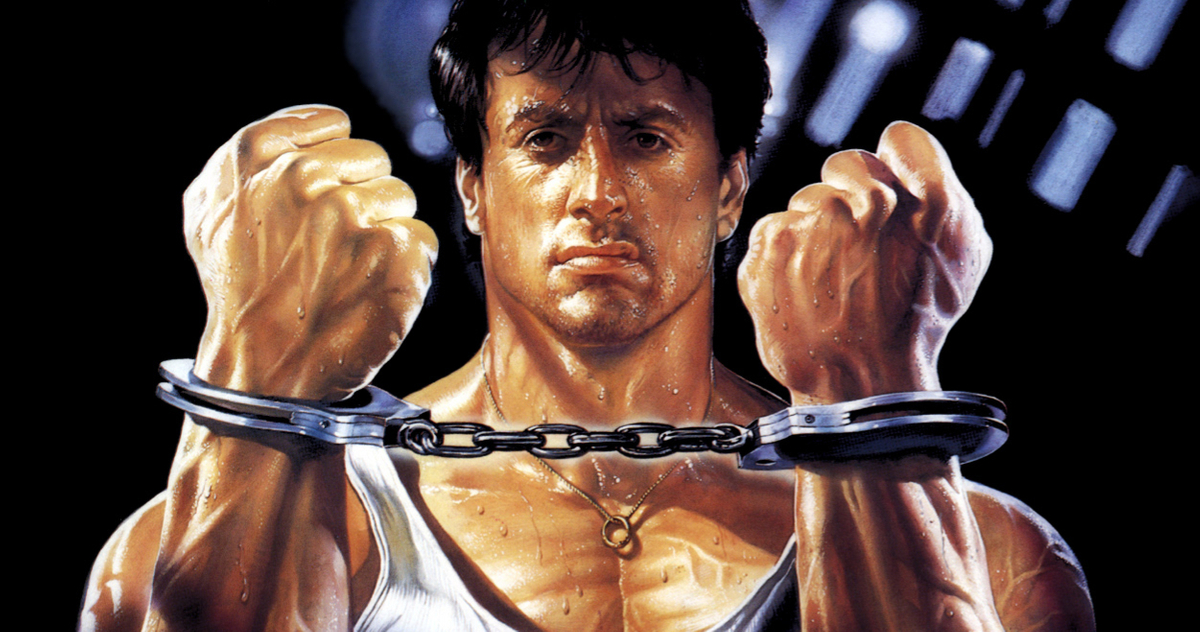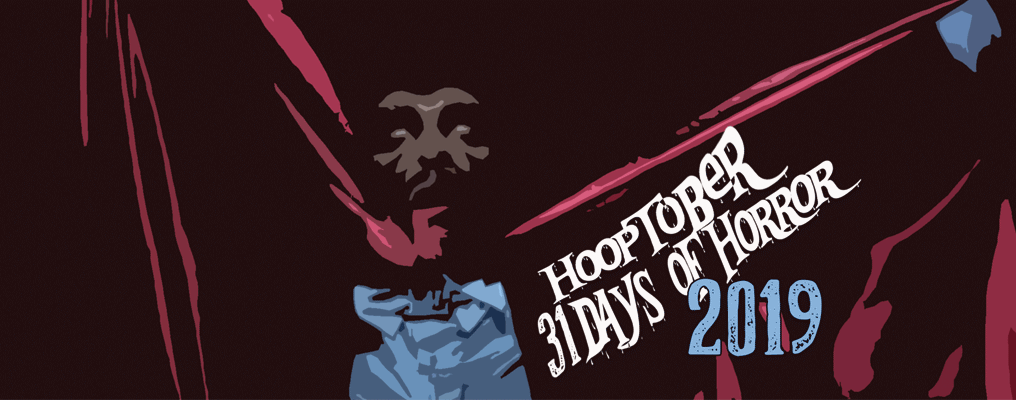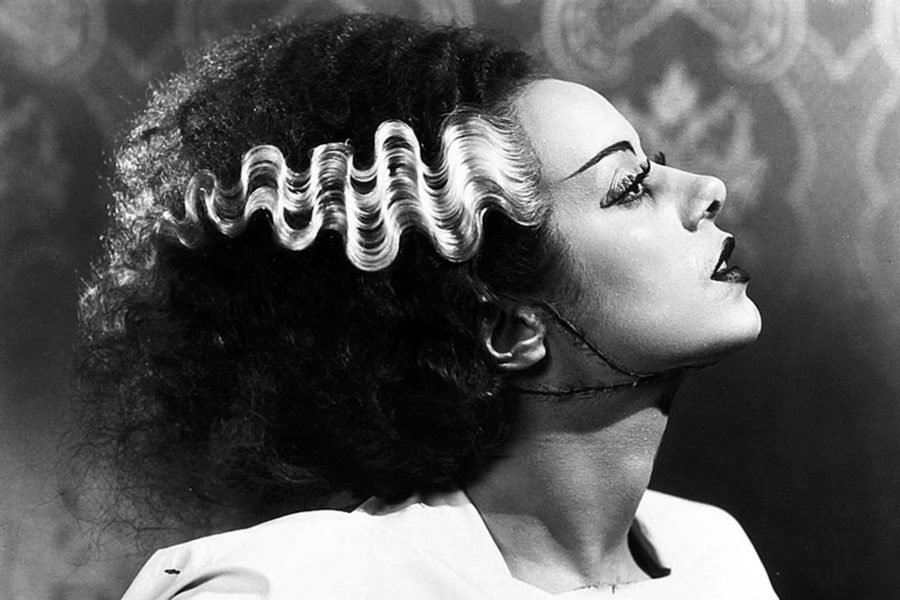Like many households, the Patrick family has their own traditional holiday rituals. We have our stockings and tree ornaments, our exterior light decorations, Mexican aniseed cookies, opening one present on Christmas Eve, essential Christmas Records — but the one we cherish the most is our annual Christmas movie marathon. Each of these five must be watched before the clock strikes midnight on Christmas Day. I’ll count them down now until Christmas.
On the first day of Christmas my reel love gave gave to me…

The Five Movies of Christmas: The Shop Around the Corner (1940)
Confession: I hadn’t seen The Shop Around the Corner when I first watched You’ve Got Mail (1999). That third Tom Hanks / Meg Ryan coupling represented one of the earliest dates I went on with my wife. Despite my obsession with Jimmy Stewart I’d just not seen it. Consider this a formative proto-Cinema Shame moment. We rented Shop from a local video store in Atlanta and fell in love with Jimmy Stewart’s prickly retorts to Margaret Sullavan’s zingers. As the influences for Nora Ephron’s You’ve Got Mail script came to light, it also somehow improved how I felt about the technology age remake.

That’s not to say that I didn’t or don’t enjoy You’ve Got Mail. I stand by the assertion that the film gets a bad rap because it’s compared directly to Sleepless in Seattle or The Shop Around the Corner. Or because people just enjoy mocking its inept, late 90s technological showcase. That said, our shared affection for both films placed each in regular rotation. You’ve Got Mail became one of my wife’s anytime movies and The Shop Around the Corner became our first Christmas staple. We had brought this movie into our lives together.
The film itself is a wonderfully constructed confection. A combination of Lubitsch’s nuanced dialogue and the cast’s ability to make every moment feel spontaneous. Beyond the leads of Jimmy Stewart and Margaret Sullavan, the supporting cast crackles with energy. Joseph Schildkraut hiding every time Mr. Matuschek wants “an honest opinion.” William Tracy’s errand boy acting above his station, punctuated by that final searing call to abuse Mrs. Matuschek for her infidelity and incessant demands. Steady Frank Morgan’s wavering affection for Jimmy Stewart as he succumbs to his unfounded suspicions.

Like the goods in Matuschek and Co.’s ever-changing window displays, Lubitsch showcases optimism and human empathy. There’s a genuine affection for these characters and among these characters — except when they undermine the natural order of goodness. Christmas serves as a medium for the commercial ambitions of the working-class store, but also provides the backdrop for connection. The friendship between Stewart’s Alfred Kralik and Schildkraut’s Vadas. The unrealized love between Kralik and Sullavan’s Klara Novak. The professional respect for Mr. Matuschek.
If there’s a weak link it might be Sullavan, who’s always just a step behind Jimmy. She’s too abrasive without Meg Ryan’s charming pluck to soften her attack. She brings something else to the story, however, that sets her and The Shop Around the Corner apart. Klara’s made mistakes in her life. Ernst Lubitsch’s script alludes to this missteps without a roll call. She’s damaged and fragile and desperately looking for the attractive, sensitive, intelligent man who has eluded her. A simple, undamaged woman would not have bothered with a plea for something as basic as a simple human connection in a newspaper. For that maybe we can forgive her for making that crack about Jimmy Stewart being bowlegged.
The Shop Around the Corner DVD is OOP, but you’ll find no shortage of ways to watch this classic during the holidays including Amazon Streaming, Netflix DVD service, and as a bonus disc with the You’ve Got Mail Blu-ray.

James David Patrick is a writer. He’s written just about everything at some point or another. Add whatever this is to that list. He hosts the Cinema Shame and #Bond_age_Pod podcasts. Follow his blog at www.thirtyhertzrumble.com and find him on Twitter, Instagram, and Facebook.
Disclaimer: I earn rewards from DVD.Netflix.com, which has thousands of movies to choose from, many that you won’t find on streaming services. I do this because the availability of physical media is important. The popular streaming notion of “everything available all the time” is a myth. We are always our own best curators. #PhysicalMedia #DVDNation #ad































